Iron Deficiency Test
$0.00
Shipped From Abroad
The SureSign Iron Deficiency Self-Test is a finger-prick blood test designed for home use. It measures ferritin levels via a lateral-flow cassette, requires a small blood sample, and provides results in approximately 5 minutes.
Typically 10-21 working days – excluding furniture and heavy/bulky equipment. Please contact us for further information.
Description
This home-use ferritin self-test enables individuals to quickly screen for iron deficiency by measuring ferritin concentration in a capillary blood sample. After a simple finger-prick, the blood is applied to a test cassette, and the result appears in around five minutes. Common signs of low iron or ferritin – such as pale skin, dizziness, shortness of breath, or cravings for non-food items (pica) – can be better assessed with this rapid test. The test is designed to help users identify potential iron deficiency early and decide whether formal medical follow-up is warranted.
Features
-
Simple finger-prick test
- Contains Lancet
- Convenient lateral flow cassette test
- Results in 5 minutes
Quick Comparison
| Iron Deficiency Test remove | Digital Thermometer remove | FOB & TRF Rapid Test Kit remove | Urine Test Strips remove | Pregnancy Test Strips remove | Soni Control remove | |||||||||||||||||||||||||||||||||||||||||||||||||||||||||||||||||||||||||||||||||||||
|---|---|---|---|---|---|---|---|---|---|---|---|---|---|---|---|---|---|---|---|---|---|---|---|---|---|---|---|---|---|---|---|---|---|---|---|---|---|---|---|---|---|---|---|---|---|---|---|---|---|---|---|---|---|---|---|---|---|---|---|---|---|---|---|---|---|---|---|---|---|---|---|---|---|---|---|---|---|---|---|---|---|---|---|---|---|---|---|---|---|---|
| Name | Iron Deficiency Test remove | Digital Thermometer remove | FOB & TRF Rapid Test Kit remove | Urine Test Strips remove | Pregnancy Test Strips remove | Soni Control remove | ||||||||||||||||||||||||||||||||||||||||||||||||||||||||||||||||||||||||||||||||||||
| Image |  |  | 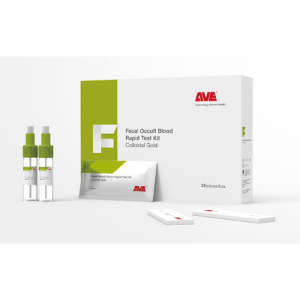 | 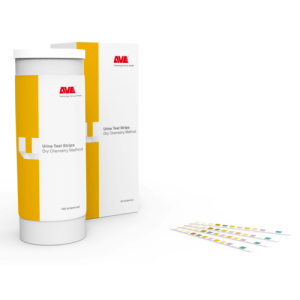 | 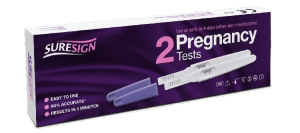 | 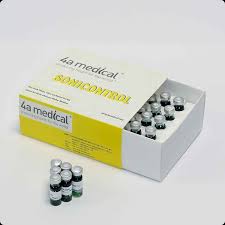 | ||||||||||||||||||||||||||||||||||||||||||||||||||||||||||||||||||||||||||||||||||||
| SKU | SF1033560130185-4 | SF1033560130181-11 | SF1033560130181-20 | SF1033560130164-33 | ||||||||||||||||||||||||||||||||||||||||||||||||||||||||||||||||||||||||||||||||||||||
| Rating | ||||||||||||||||||||||||||||||||||||||||||||||||||||||||||||||||||||||||||||||||||||||||||
| Price |
|
|
|
|
|
| ||||||||||||||||||||||||||||||||||||||||||||||||||||||||||||||||||||||||||||||||||||
| Stock | ||||||||||||||||||||||||||||||||||||||||||||||||||||||||||||||||||||||||||||||||||||||||||
| Availability | ||||||||||||||||||||||||||||||||||||||||||||||||||||||||||||||||||||||||||||||||||||||||||
| Add to cart | ||||||||||||||||||||||||||||||||||||||||||||||||||||||||||||||||||||||||||||||||||||||||||
| Description | Shipped From Abroad
The SureSign Iron Deficiency Self-Test is a finger-prick blood test designed for home use. It measures ferritin levels via a lateral-flow cassette, requires a small blood sample, and provides results in approximately 5 minutes.
Delivery & Availability:
Typically 10-21 working days – excluding furniture and heavy/bulky equipment. Please contact us for further information.
| Shipped From Abroad
The Digital Thermometer is a fast, accurate, and easy-to-use device for measuring body temperature. Featuring a large digital display, rapid 1–2 second readings, and a hygienic design, it is ideal for both clinical and home use.
Delivery & Availability:
Typically 10-21 working days – excluding furniture and heavy/bulky equipment. Please contact us for further information.
| Shipped From Abroad
The FOB & TRF Rapid Test Kit is a dual immunochromatographic test that detects fecal occult blood and transferrin in stool samples within 5–10 minutes, making it ideal for early screening of gastrointestinal bleeding and related conditions.
Delivery & Availability:
Typically 10-21 working days – excluding furniture and heavy/bulky equipment. Please contact us for further information.
| Shipped From Abroad
This strip is used for semi-qualitative determination of clinical parameters in urine samples
Delivery & Availability:
Typically 10-21 working days – excluding furniture and heavy/bulky equipment. Please contact us for further information.
| Shipped From Abroad
The SureSign Pregnancy Test is a home-use urine kit that detects the pregnancy hormone hCG, offering a simple one-step procedure, quick results in about 3 minutes, and over 99 % accuracy when used from the day your missed period is due.
Delivery & Availability:
Typically 10-21 working days – excluding furniture and heavy/bulky equipment. Please contact us for further information.
| Shipped From Abroad
Delivery & Availability:
Typically 10-21 working days – excluding furniture and heavy/bulky equipment. Please contact us for further information.
| ||||||||||||||||||||||||||||||||||||||||||||||||||||||||||||||||||||||||||||||||||||
| Content | This home-use ferritin self-test enables individuals to quickly screen for iron deficiency by measuring ferritin concentration in a capillary blood sample. After a simple finger-prick, the blood is applied to a test cassette, and the result appears in around five minutes. Common signs of low iron or ferritin - such as pale skin, dizziness, shortness of breath, or cravings for non-food items (pica) - can be better assessed with this rapid test. The test is designed to help users identify potential iron deficiency early and decide whether formal medical follow-up is warranted.
Features
| The Digital Thermometer is a reliable, user-friendly device engineered for fast and accurate measurement of body temperature. Designed for both clinical and home use, this digital thermometer combines advanced sensor technology with an intuitive interface to deliver precise readings in just a few seconds. Key Features:
Technical Specifications:
| Parameters DetectedINTENDED USE:
Product Features
Technical Parameters
| Detailed Product DescriptionThe Urine Test Strips are a rapid, non‑invasive diagnostic tool designed to provide a comprehensive analysis of urine samples at the point‑of‑care. Utilizing advanced colorimetric technology, these test strips detect and measure multiple analytes including pH, protein, glucose, ketones, bilirubin, nitrites, leukocyte esterase, and specific gravity. Ideal for hospitals, clinics, and home healthcare settings, the strips offer quick results—typically within 60 to 120 seconds—enabling timely clinical decision‑making and efficient patient monitoring. Each kit includes a pre‑determined number of test strips, a sample collection device, and a detailed interpretation guide to ensure accurate and reliable readings. Manufactured under stringent quality standards, these strips deliver high sensitivity and specificity, making them a cost‑effective solution for routine urinalysis and diagnostic screening. STRIP MODEL/PARAMETER TESTED
| SureSign’s Pregnancy Test allows you to check for pregnancy in the comfort of your own home with confidence. It is designed to detect human chorionic gonadotropin (hCG) at levels of approximately 15 mIU/mL, enabling early detection, as early as 4 days before a missed period in some cases. With an easy-read window, minimal steps, and results in around 3 minutes, it supports both those who are trying to conceive and those wanting clarity before a doctor’s visit. Over 99 % accurate when used from the day of your missed period, it provides timely information for your next steps. Features
Technical Specifications
| Sonicontrol is a product which evaluates the preformance of Ultrasonic Washer Machines. It gives instant results thanks to color change. It changes from green to yellow. If there is no color change, it indicates that there is a problem in the washing device. The liquid inside the tubes shows that the machine is working successfully. The final control color change occurs with the energy given by the ultrasonic device. | ||||||||||||||||||||||||||||||||||||||||||||||||||||||||||||||||||||||||||||||||||||
| Weight | N/A | 0.2 kg | N/A | N/A | N/A | N/A | ||||||||||||||||||||||||||||||||||||||||||||||||||||||||||||||||||||||||||||||||||||
| Dimensions | N/A | 15 × 7 × 3 cm | N/A | N/A | N/A | N/A | ||||||||||||||||||||||||||||||||||||||||||||||||||||||||||||||||||||||||||||||||||||
| Additional information |
|


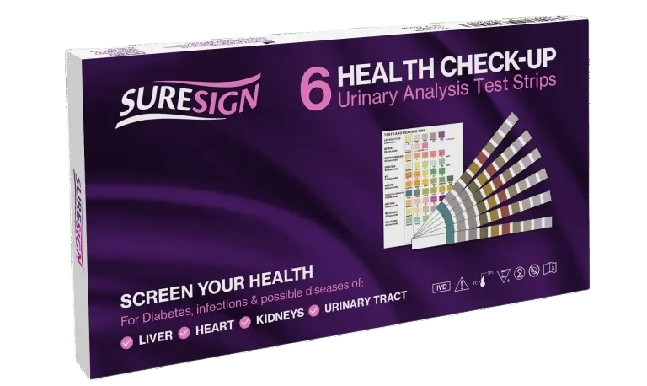
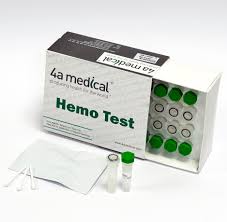
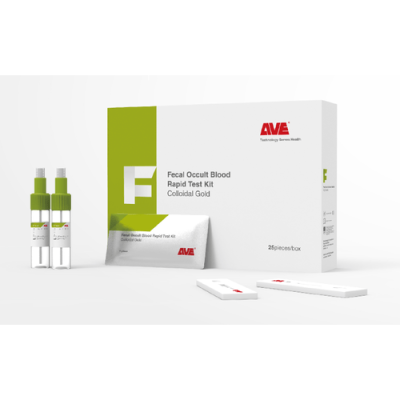
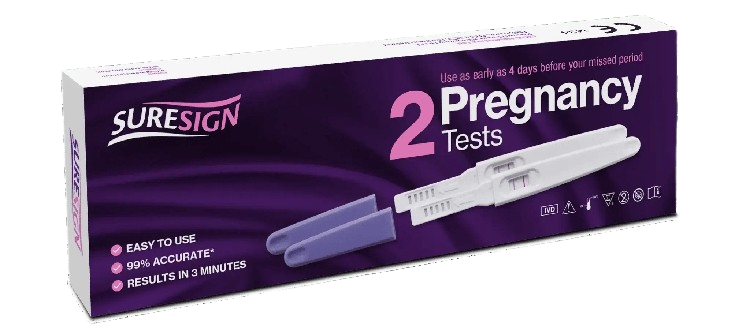
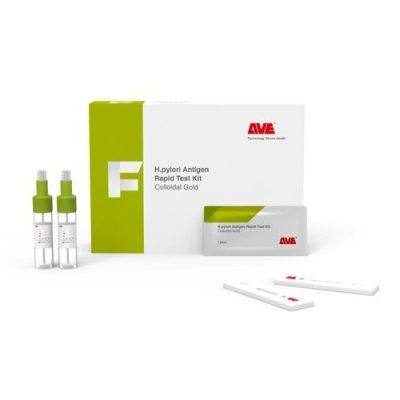
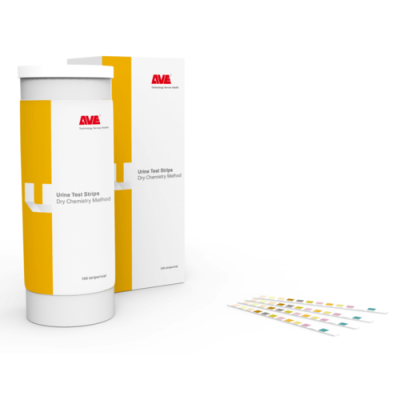
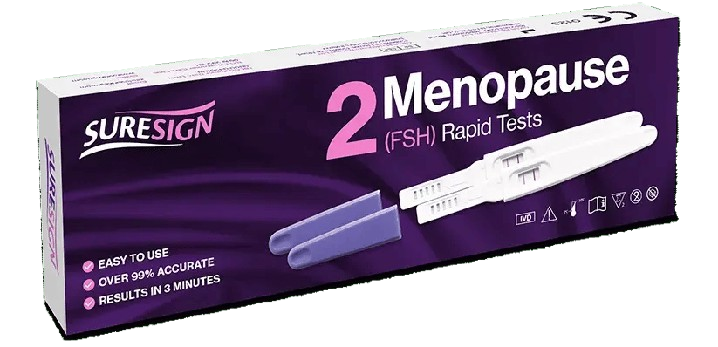


Reviews
There are no reviews yet.